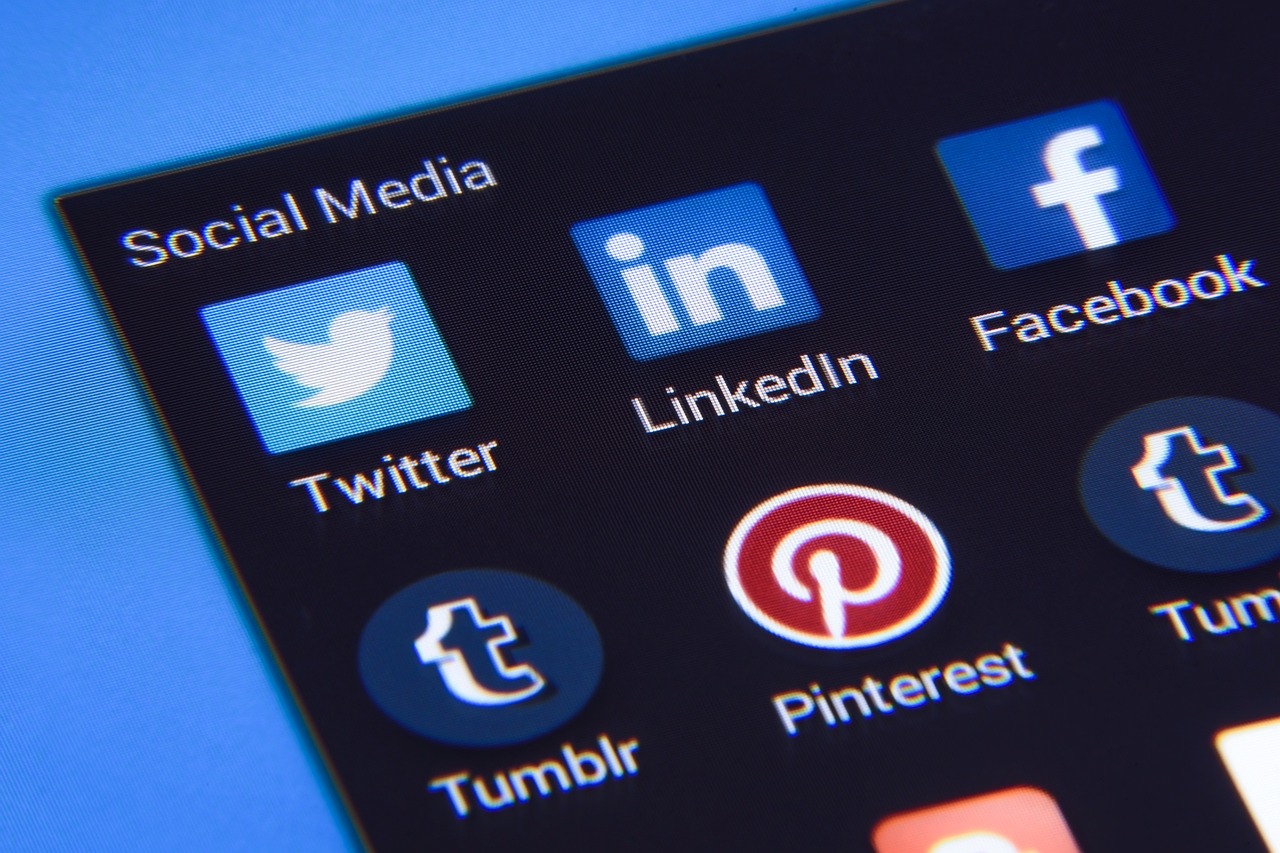Digital marketing has become a cornerstone for businesses looking to reach their target audience, build brand awareness, and drive sales. With so many options available, it’s essential to understand the different types of digital marketing and how to leverage each one effectively. In this blog, we’ll explore the 8 main types of digital marketing and provide tips on how to use them to achieve your goals.
1. Search Engine Optimization (SEO)
What is SEO? Search Engine Optimization (SEO) is the process of optimizing your website and content to rank higher in search engine results pages (SERPs). The goal is to increase organic (non-paid) traffic by improving your site’s visibility for relevant keywords.
How to Use SEO:
- Keyword Research: Start by researching keywords that are relevant to your industry and target audience.
- On-Page Optimization: Optimize your website’s content, including titles, meta descriptions, headers, and images, to match target keywords.
- Technical SEO: Improve site speed, mobile-friendliness, and ensure that your website is easy to crawl by search engines.
- Link Building: Acquire backlinks from high-authority websites to increase your domain authority.
Tip: SEO is a long-term strategy. Be patient and consistent in your efforts, and always focus on creating valuable content for your audience.
2. Content Marketing
What is Content Marketing? Content marketing involves creating and distributing valuable, relevant content to attract and engage a target audience. The goal is to provide information that helps solve your audience’s problems or answers their questions.
How to Use Content Marketing:
- Blogging: Write informative blog posts that address common questions in your industry.
- Videos: Create engaging video content, such as tutorials, product reviews, or behind-the-scenes footage.
- Infographics: Use infographics to present complex information in a visual and easy-to-understand format.
- E-books and Whitepapers: Offer in-depth content that provides valuable insights to your audience in exchange for their contact information.
Tip: Focus on delivering high-quality content that adds value to your audience’s lives. This builds trust and positions your brand as an authority in your field.
3. Social Media Marketing
What is Social Media Marketing? Social media marketing uses social media platforms like Facebook, Instagram, Twitter, LinkedIn, and Pinterest to promote your products or services and engage with your audience.
How to Use Social Media Marketing:
- Create a Strategy: Define your target audience, goals, and the type of content you will share.
- Engagement: Respond to comments, answer questions, and engage with your followers to build a community.
- Use Hashtags: Utilize relevant hashtags to increase the visibility of your content.
- Paid Advertising: Invest in social media ads to reach a broader audience and drive targeted traffic to your website.
Tip: Consistency is key in social media marketing. Regularly post engaging content that resonates with your audience.
4. Pay-Per-Click (PPC) Advertising
What is PPC Advertising? PPC advertising is a digital marketing strategy where advertisers pay a fee each time their ad is clicked. Google Ads is the most popular platform for PPC, but it also includes ads on social media platforms.
How to Use PPC Advertising:
- Keyword Research: Identify high-performing keywords that are relevant to your products or services.
- Ad Creation: Write compelling ad copy with a strong call-to-action (CTA) that encourages users to click.
- Budget Management: Set a budget that aligns with your goals and monitor your ad spend regularly.
- Landing Pages: Ensure that your landing pages are optimized for conversions to make the most out of each click.
Tip: Regularly analyze your PPC campaigns to see what’s working and make adjustments to improve performance.
5. Email Marketing
What is Email Marketing? Email marketing is a direct form of communication where businesses send promotional messages, newsletters, and updates to a list of subscribers via email.
How to Use Email Marketing:
- Build a Subscriber List: Create a list of potential and existing customers who have opted in to receive your emails.
- Personalize Content: Segment your email list and send personalized content based on your subscribers’ interests and behaviors.
- Automation: Use email automation tools to send triggered emails based on user actions, such as welcome emails or cart abandonment reminders.
- Measure Results: Track key metrics like open rates, click-through rates, and conversions to evaluate the effectiveness of your campaigns.
Tip: Avoid spamming your subscribers with too many emails. Focus on providing value in every message.
6. Influencer Marketing
What is Influencer Marketing? Influencer marketing involves partnering with influencers—people with a large following and strong influence in a particular niche—to promote your products or services.
How to Use Influencer Marketing:
- Identify the Right Influencers: Look for influencers whose audience aligns with your target market.
- Create a Campaign: Collaborate with influencers to create authentic content that promotes your brand.
- Set Clear Goals: Define what you want to achieve with the campaign, such as increased brand awareness or sales.
- Track Performance: Measure the success of your influencer marketing efforts by tracking engagement and conversions.
Tip: Focus on building long-term relationships with influencers for more consistent and effective campaigns.
7. Affiliate Marketing
What is Affiliate Marketing? Affiliate marketing is a performance-based strategy where businesses pay affiliates (partners) a commission for driving traffic or sales to their website.
How to Use Affiliate Marketing:
- Join Affiliate Networks: Sign up for affiliate marketing platforms to connect with potential partners.
- Offer Attractive Commissions: Provide competitive commission rates to motivate affiliates to promote your products.
- Create Marketing Materials: Provide affiliates with banners, links, and promotional content to help them effectively market your products.
- Track Sales: Use tracking tools to monitor affiliate sales and measure the effectiveness of your program.
Tip: Build strong relationships with your affiliates by offering timely payments and support.
8. Video Marketing
What is Video Marketing? Video marketing involves creating videos to promote your brand, products, or services. It can include tutorials, testimonials, explainer videos, or live streams.
How to Use Video Marketing:
- Choose the Right Platform: Share your videos on platforms like YouTube, Vimeo, or social media channels.
- Create Engaging Content: Focus on creating high-quality videos that capture your audience’s attention within the first few seconds.
- Optimize for SEO: Include relevant keywords in your video titles, descriptions, and tags to increase visibility.
- Use Live Streaming: Engage with your audience in real-time through live streaming events, Q&A sessions, or product launches.
Tip: Use storytelling in your videos to create a deeper connection with your audience and make your brand more memorable.
Conclusion
Digital marketing offers a variety of strategies to help businesses connect with their target audience and grow. The key to success is understanding each type of digital marketing and how to use it effectively. By integrating these strategies into your marketing plan, you can create a comprehensive approach that drives traffic, builds brand awareness, and increases sales.
Remember, the digital landscape is constantly evolving, so stay up-to-date with the latest trends and best practices to keep your marketing efforts fresh and effective.
At 7Shades Digital, we specialised in creating strategies that help businesses excel in the digital world. If you’re ready to take your website to the next level, contact us today!





